
4 minute read
Field station journal
Field station 2021
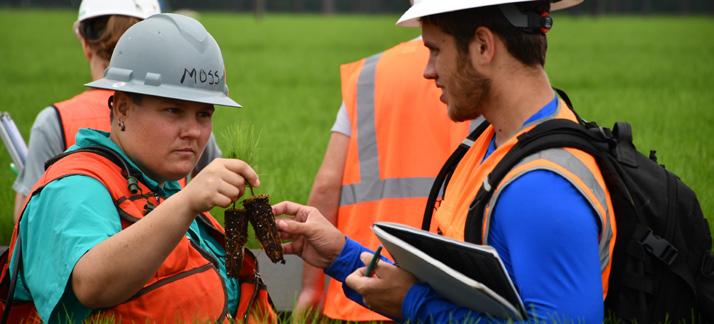
Advertisement
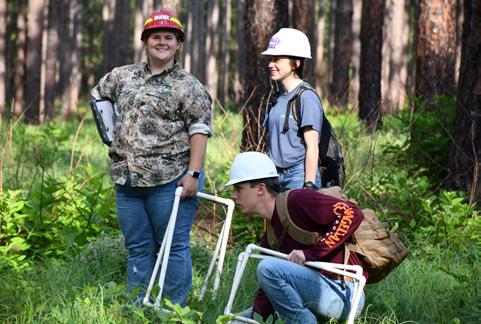
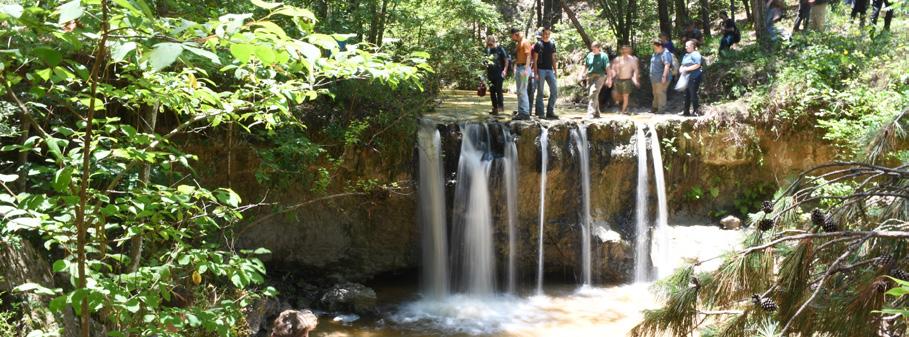
2021 field station alumnae Taylor McDaniel and Madison Litzenberger share their personal accounts of ATCOFA’s six-week field station course.
Taylor McDaniel
The masks came off, the vans were loaded, and the boots hit the ground for forestry field station 2021. To say I was excited to see all the faces of my classmates and professors once again was an understatement. It also is kind of hard to fully appreciate the sarcastic roasts I get on a daily basis from Drs. Stovall and Oswald when I can’t see their whole face!
During week one, we conducted telephone surveys with 10 different people to ask them questions about how the COVID-19 pandemic affected their recreational habits. Although we literally walked to the park to observe people recreate as well, this week was no walk in the park. With so many assignments and unanswered questions, Maklemore’s, a restaurant located near campus, started expecting us on our lunch break. The highlight of this week was no vans were stuck or equipment broken.
On the other hand, during geographic information systems week, we got vans stuck left and right — and we won’t talk about broken equipment. We spent the majority of the week at the SFA Experimental Forest where no amount of bug spray was able to prepare us for the number of mosquitoes we experienced. The Gaia app became our new best friend to take points, lines and polygons — unless you had an Android. If you had an Android, your new best friend was Advil when it came time to upload the data into ArcGIS. We also learned how to use the staff compass, range finder and auto-level to survey the hiking trails and streams within the forest. The last day was spent at the SFA Ag Farm where we used our skills to hypothetically construct a pond dam.
Week three was timber cruising week. We spent each day walking tracts at various timber stands creating either pointsample or fixed-radius plots. Estimating tree heights and diameter at breast height became second nature. Mr. Winston and his dog also showed us several stands at different stages of rotation so we could get a good eye for estimating basal area. On the last day, each crew was responsible for coming up with a bid for the timber we had just cruised and presenting it to the seller, Jason Grogan. Grogan taught us a lot this week about cruising timber, but I will never forget the time he crunched down on a carpenter ant and said it tasted like lemon. I guess I don’t need to pack a lunch in the field anymore — there were plenty of ants and blackberries to go around!
16| Arthur temple College of forestry And AgriCulture
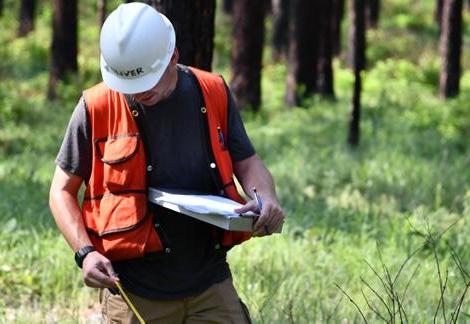
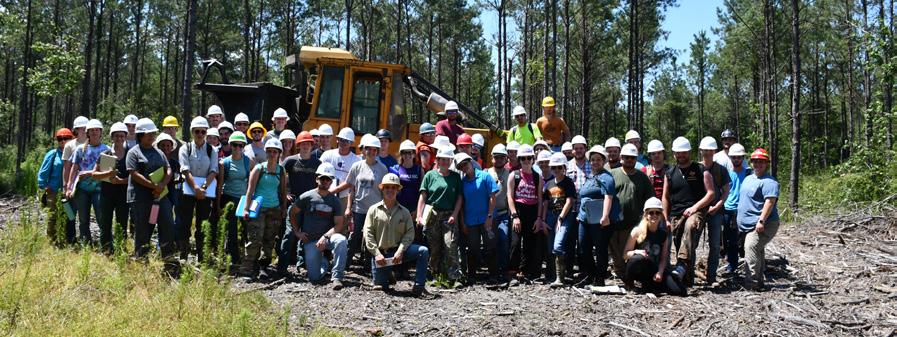
Field station 2021
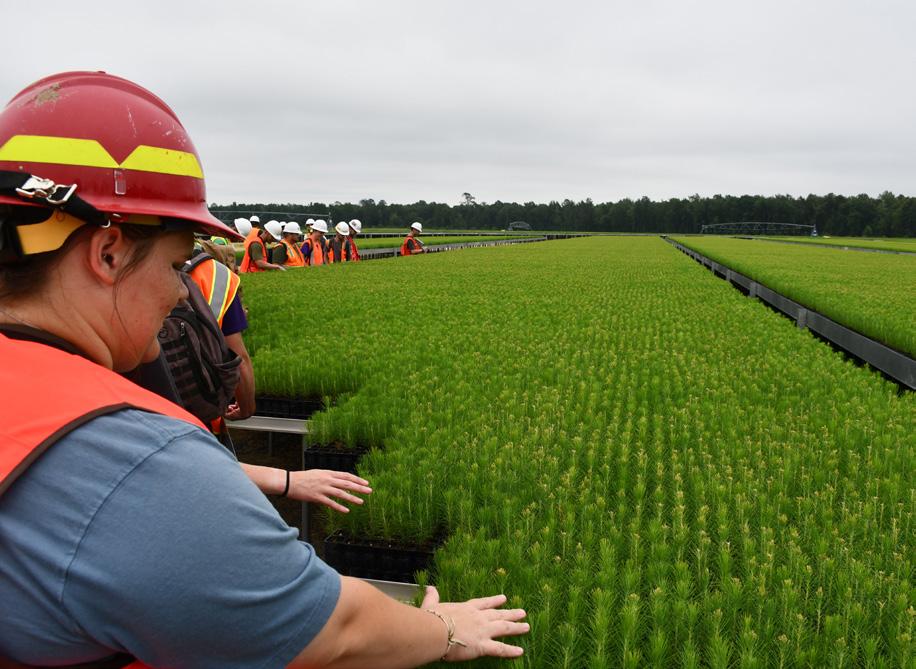
Madison Litzenberger
During wildlife week, we learned different techniques for trapping and marking wildlife. Many specimens were trapped. One of the more exciting moments was pulling a trap out of the lake containing a three-toed amphiuma. To my surprise, our professor said the amphiuma would become a specimen, as it was a county record.
Who really understands what silviculture is? It is such a difficult concept to fully grasp. There are no clear answers, just like there are no clear answers in art. We were educated on different types of disturbances. I couldn’t help but wonder, are 60 field station students trampling through the forest considered a disturbance? Students either looked forward to or dreaded the endless dendrology quizzes. The week was topped off with the beautiful sight of a cow meandering through shortleaf pines in a silvopasture.
The final week was spent touring different mills, power plants, as well as harvesting sites and container facilities. The amount of lumber produced in the Southeast was really put into perspective. Can you believe Angelina Forest Products produces 1 million board feet per day? Safety was a major topic at each site we visited. The final day of field station was spent doing lumber recovery on a log. This was actually very exciting. As a team we decided the most efficient way to complete the task.
The final week was bittersweet. With my eye swollen closed from poison ivy, I couldn’t help but want it all to be over with. But after receiving a steroid shot, the swelling and itching dissipated, and I began to see how much fun it had been. Sure, I would see most of these people next semester, but would we have a class together? Would I ever get the van stuck, swim in a waterfall, explore an old-growth forest or throw little pieces of foliage at these people again?
fAll 2021 |17










